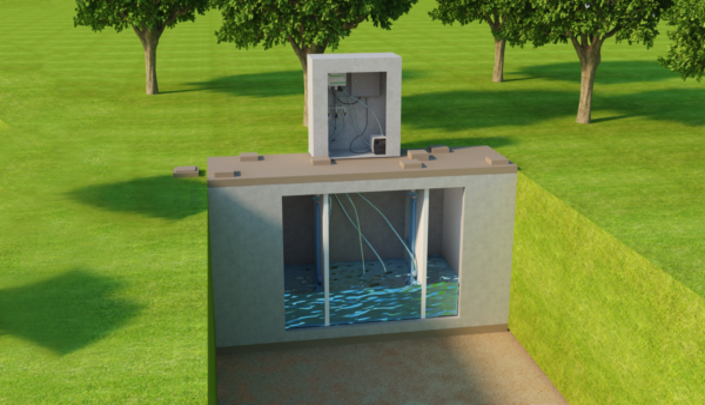

With the rise in population growth, people now wish to live in communities and huge groups. This has risen the installing of distributed sewage treatment plants in India, in order to solve the treatment issues on a larger scale. These systems are a proven solution of a consolidated sewage treatment plant. However, the problem starts arising when you do not use the plant properly.
We have conferred a list of three things that can generally go wrong in the sewage treatment plants in India. We have also mentioned the methods by which you can solve these issues.
1. Shortcoming of downstream equipment
Downstream equipment is used in the very first step of the sewage treatment process. The screening process is responsible for eradicating floating solids that are non-biodegradable in nature. These solids like paper, tin, plastic, rags, wood and containers are generally found in the wastewater works.
Thus, you need to eliminate these wastes from the water in order to safeguard the downstream equipment from possible damages that include pipe blockage, unnecessary wear and tear and build-up of waste materials that obstructs the wastewater treatment process.
The equipment used in the screening process can be purified mechanically as well as manually. There are several screening products like Salsnes or REKO that highly enhance the balance of your downstream equipment.
2. Cleaned effluent not meeting the total phosphorous target
The sewage treatment plant in India, with respect to the total phosphorus, is used for the following:
- To reduce the use of chemicals
- To achieve reduced operational cost
- To get the license limits for Total Phosphorous
- In order to remove or level the total phosphorous target, there is a certain chemical dosage that you need to take care of. To assess the treatment provision to know which chemical will work the best, you can follow the below-mentioned quick examination.
Pre-precipitation: A chemical measuring process is conducted to remove the Phosphorous out of the settling tank. When it happens before the biological process, in the primary stage, then it represents Pre-precipitation. To know the quantity of phosphate in your water, you can take an online phosphate measurement that can be taken between the primary settling and aeration tanks. This will enable you to achieve feedback control.
Post-precipitation: When you conduct chemical measuring after the biological process, to eliminate the Phosphorous from final clarifiers or effluent filters then it is Post-precipitation. The measurement should be taken between the final clarifier and aeration tank with feedback control.
Concurrent: This is an option where chemical dosing happens both before and after the biological process. This aids in achieving low phosphorus limits in the effluent.
3. Odour issues in the sewage treatment plant in India
The sewage treatment plants in India can stink due to the presence of hydrogen sulphide along with organic acids and mercaptans which then grows bacteria that reduces sulphur. This bacteria then releases H2S, i.e., hydrogen sulphide which is a foul-smelling colorless gas that is very caustic. As a result, it becomes important to remove hydrogen sulphide gas, to prevent downstream equipment failures.
The odour can come from any step. Thus, it becomes quite strenuous to recognize the source. In order to know the source and remove the smell, you need to call the plant installers from Genex Utlity to check your plant for you.
















